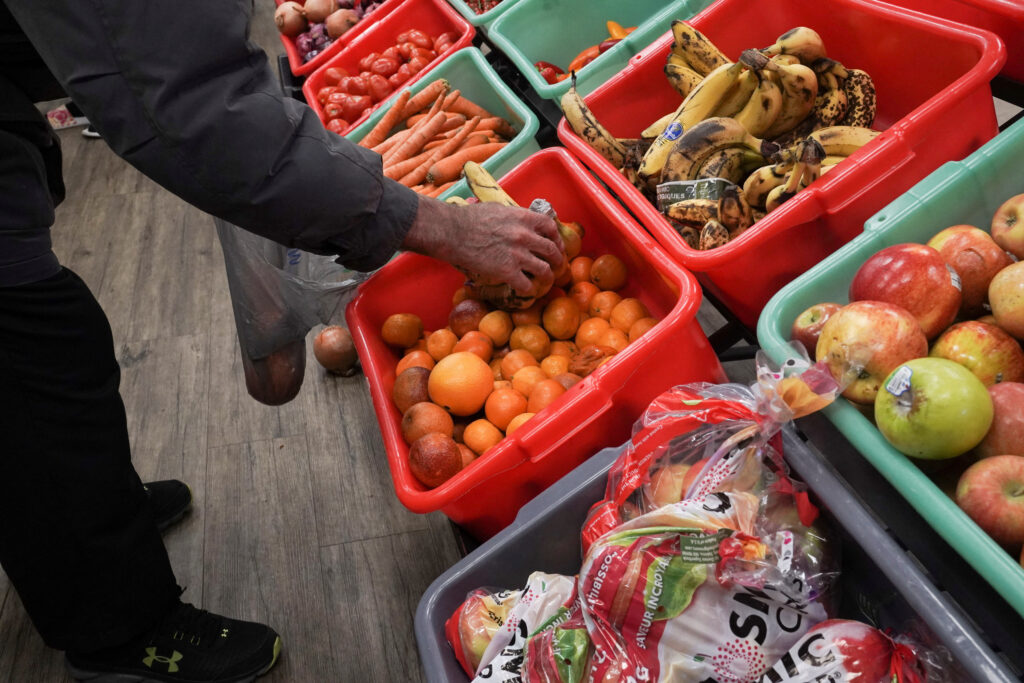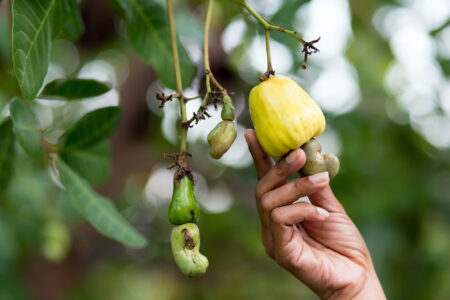- General cost of living in Africa has increased driven by food inflation.
- Researchers project a possible decline in food prices in 2024.
- Food security in Africa is threatened by possible escalation of conflict in Gaza.
The cost of living in Tanzania is steadily increasing, driven by the rise in the prices of basic foods. As of August 2022, Tanzania’s food inflation was reported at 7.8 per cent by the World Bank. The inflation rate worsened, reaching a peak of 9.7 per cent as of December 2022.
“This upward trajectory of food prices persisted into January 2023, where the food inflation rate reached 9.9 per cent,” reports Tanzania Investment and Consultant Group Ltd (TICGL), an economic research institute.
Food inflation is not only affecting East Africa but also most of the rest of the world. The World Bank states, “Inflation higher than 5per cent is experienced in 63.2 per cent of low-income countries.” This figure is 1.3 percentage points higher than the World Bank’s last update published on December 14, 2023.
Worse still, this food inflation strain is felt in 73.9 per cent of lower-middle-income, 48 per cent of upper-middle-income countries, and 46.3 per cent of high-income countries, according to the Bank’s report.
“In real terms, food price inflation exceeded overall inflation in 73 per cent of the 165 countries where data is available,” reads the World Bank Food Security Update report published this January.
A silver lining: Projections show food prices will drop in 2024
“While food prices have stubbornly inched up over the last two or more years, the World Bank and other research institutes remain confident in future trends. For example, in Tanzania, the TICGL report notes that “…a notable shift occurred starting from June 2023, as the food inflation rate began to steadily decline.” The reports point out that by December 2023, the rate of food inflation in Tanzania had dropped significantly to 2.3 per cent.
“This downward trend in food inflation continued into 2024, with January showing a slight increase to 3.7 per cent, possibly indicating a mild fluctuation rather than a reversal of the overall decreasing trend,” reads the report in part.
Researchers remain optimistic that; “Looking ahead, the forecast for food inflation in Tanzania for the remainder of 2024 suggests a continued but slower decrease.”
This ‘slow decrease’ is expected to be upset in February 2024 when the researchers project that there will be “…a modest increase to 4.0 per cent, followed by a further rise in March to 4.3 per cent.”
“However, these figures are still notably lower than the peak observed in 2022. As the forecast progresses, April, May, and June 2024 show a gradual increase in food inflation, reaching 4.9 per cent, 5.8 per cent, and 6.9 per cent, respectively,” reads the report.
While these rates are higher than the preceding months, they are considerably lower than the levels experienced in the initial months.
Cereal price indices
Similarly, the World Bank says the price of food across the world will experience a downward trend in the coming months and maybe even years. “Since the last update, of December 14, 2023, the agricultural and cereal price indices closed 2 per cent and 4 per cent lower, respectively, while the export price index closed 1 per cent higher,” the World Bank’s Food Security report of 2024 reads.
The report further notes that, “On a year-on-year basis, maize and wheat prices are 29 per cent and 20 per cent lower, respectively, while rice prices are 39 per cent higher.” Similarly, the FAO Food Price Index shows that as of December 2023, food prices were 1.5 per cent lower than in November 2023. “Decreases in the price indices for sugar and vegetable oils were the primary driver of this decrease,” reports FAO.
However, this decrease is not universal; for example, the FAO report shows that dairy and cereal prices increased over the same period.
Nonetheless, the World Bank’s Markets Outlook report, which provides insights into global food price trends, maintains that, “Over the past three quarters, prices have declined, with the World Bank food price index 9 per cent lower in 2023 than in 2022.”
According to that report, “Projections indicate a further 2 per cent decrease in 2024 and an additional 3 per cent in 2025, because of favorable crop conditions and lower input costs.”
Read also: The nexus between the Israel-Hamas war and food security in Africa
Risks to food security and possible spark of food inflation resurgence
While the World Bank and FAO reports show positive projections, they both warn that the situation remains volatile and can change at any time. Drivers of this potential negative change include a possible escalation of the Middle East conflict, which could lead to an increase in oil prices.
Should this happen, the cost of food production and transportation costs for food and fertilizers will likely rise, affecting crop prices.
Additionally, there is the risk of export restrictions. The World Bank cites an example in India’s ban on non-basmati rice exports, which has already increased prices of the product. Another risk is Russia’s potential withdrawal from the Black Sea Grain Initiative, which could disrupt grain exports worldwide, particularly impacting African countries.
“Macroeconomic conditions pose risks, including interest rate hikes, currency fluctuations, and the long-term impacts of climate change,” warns the World Bank.
The matter of the Gaza Strip conflict is also posing “…an alarming humanitarian crisis marked by catastrophic levels of acute food insecurity,” warns the World Bank’s Integrated Food Security Phase Classification (IPC).
“The IPC indicates that, between November 24 and December 7, 2023, more than 90 per cent of the Gaza Strip’s population, approximately 2.08 million people, faced high levels of acute food insecurity,” reads the report.
To curb the potential food security threat, the World Bank committed to disbursing US$30 billion over a period of 15 months to tackle the crisis.
“The World Bank has scaled up its food and nutrition security response, now making $45 billion available through a combination of $22 billion in new lending and $23 billion from the existing portfolio,” the Bank reports.
“Our food and nutrition security portfolio now spans across 90 countries. It includes both short-term interventions such as expanding social protection and longer-term resilience such as boosting productivity and climate-smart agriculture,” it further notes.
Despite these efforts by the World Bank, it boils down to individual countries taking action to protect their own food security.
For Africa, this means, among other things, diversifying their sources of cereals from dependence on Russia and Ukraine. It also means improving domestic food storage capacity and each country’s own production capacity in the long run.











